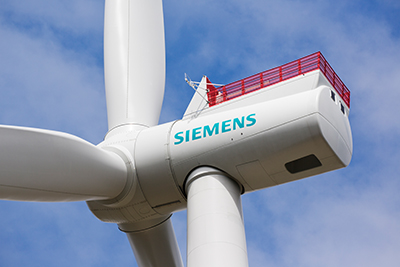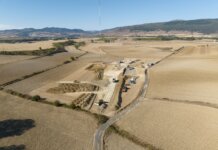Siemens has presented a new strategy for lowering the levelized cost of energy (LCOE) of its offshore wind projects to below EUR 0.08/kWh by 2025.
Siemens says its offshore projects from 2025 onward will be capable of generating electricity at this LCOE level. The price includes the costs for grid access to shore.
In addition, the company says it is confident it will reach its current goal of generating offshore wind power below EUR $0.10/kWh by 2020. Today, 72% of this targeted cost reduction has already been reached. Siemens attributes almost half of the achievement to technical improvements within wind turbines, installation processes, new grid connection technologies, maintenance strategies and logistics.
The reduction of costs by EUR $0.02/kWh over the following five years will be mainly based mainly on the implementation of next-generation offshore wind turbines and mass-produced offshore foundations, says Siemens, adding that the annual energy output can grow by 10% under average offshore wind conditions if rotor diameters and generator output also increase by 10%.
With blade manufacturing and wind turbine assembly in Hull, England, and the nacelle manufacturing plant in Cuxhaven, Germany, Siemens expects a boost from the highly industrialized manufacturing processes by mid-2017. Furthermore, digitalization processes contain additional potential to increase efficiency within the plants – making technology even more economical, says Siemens.
Within foundations, Siemens is currently developing a new solution to be tested at a Danish offshore project in 2017. It will use gravity jacket foundations, including a new transition piece made out of concrete, and the grid structure will be assembled using prefabricated nodes and standard steel pipes. Siemens is currently testing the static strength and corrosion resistance of the nodes, produced in bulk by welding robots.
Further leverage of cost reductions will arise from improvements in offshore service concepts and progress in grid-access technologies, says Siemens. For example, the 588 MW Beatrice project in Scottish waters will use compact Siemens offshore transformer modules, cutting costs of AC-grid connections by approximately 40%.
“The offshore cost-out target for 2025 is an important milestone for us and the industry to enable offshore wind grid parity. At the same time, it combines climate protection and cost efficiency,” says Michael Hannibal, CEO of Siemens’ wind power and renewables division.




